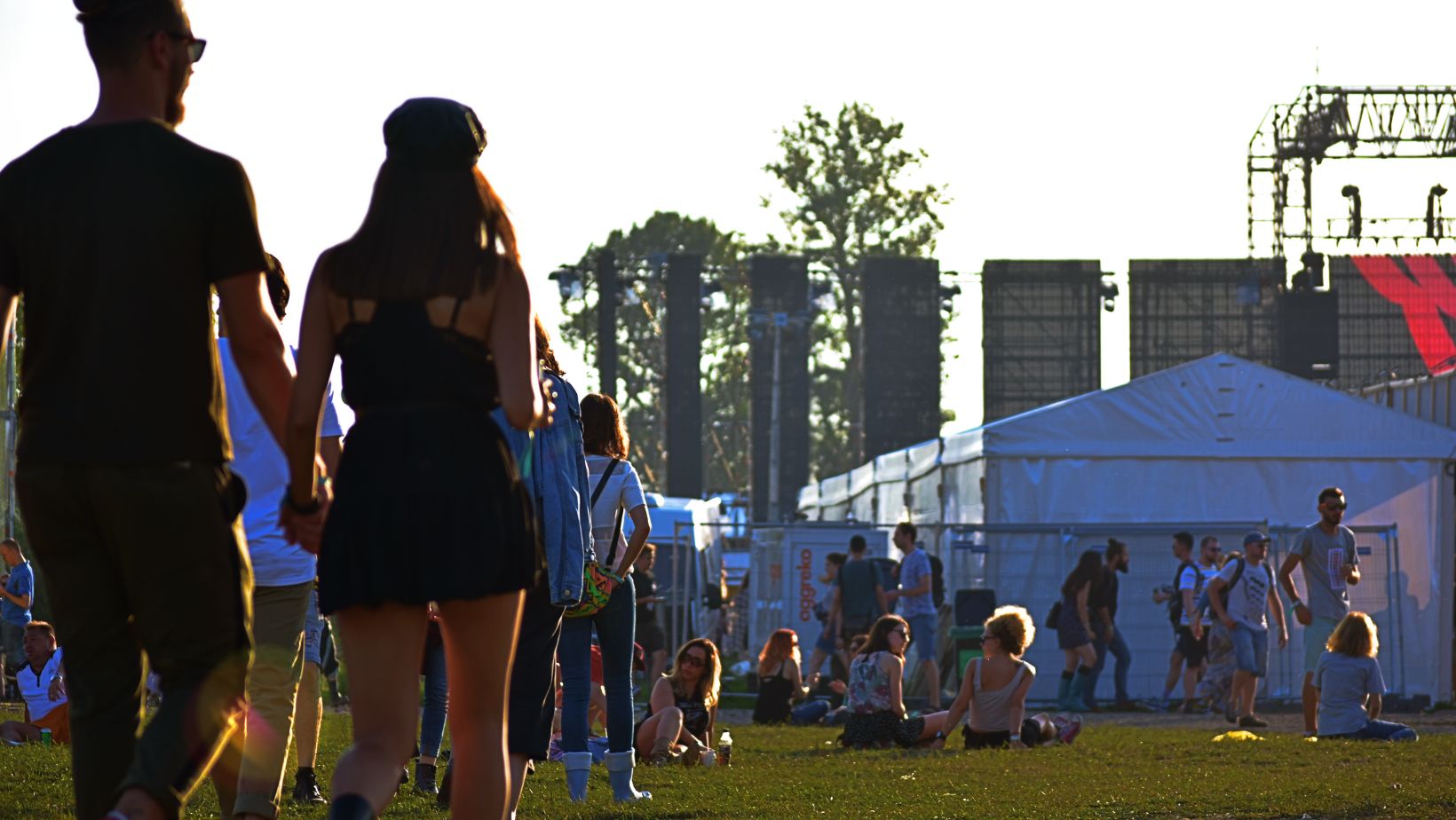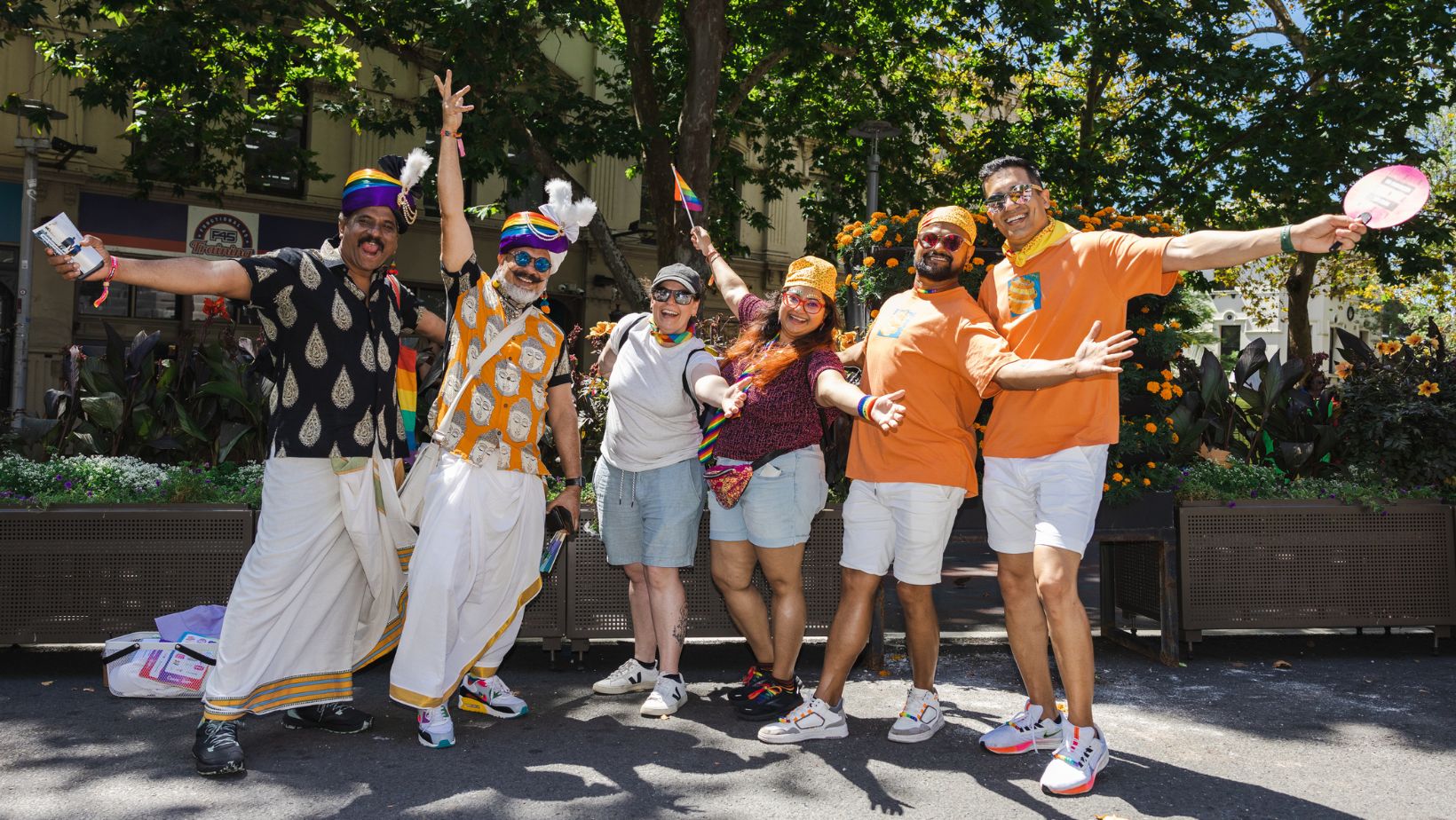
Introduction
Building community is an essential aspect of human connection, and outdoor events have proven to be one of the most effective ways to foster relationships, encourage collaboration, and create lasting memories. The open air, coupled with engaging activities, brings people together in ways that digital or indoor settings cannot achieve. Whether it’s a casual gathering in a park, a large-scale festival, or a neighborhood cleanup, outdoor events create an environment where individuals feel connected to something larger than themselves.
In today’s fast-paced world, people crave authentic interactions and a sense of belonging. Outdoor events provide a platform to meet these needs while promoting health, well-being, and social inclusion. They are not only about entertainment but also about creating spaces where relationships can flourish and where communities can strengthen their ties. This article will explore how to build a thriving community through well-planned and purpose-driven outdoor events.
Understanding the Value of Outdoor Events
John Beebe, Founder, Classic Car Deals shares “Outdoor events offer unique opportunities to bring people together in settings that encourage openness and camaraderie. Unlike indoor venues, the natural environment fosters a sense of relaxation and freedom that makes it easier for participants to engage with one another. Whether through shared meals, recreational activities, or live entertainment, outdoor events create shared experiences that leave lasting impressions on attendees.”

Choosing the Right Location for Maximum Impact
Selecting the right location is a critical step in organizing an outdoor event that successfully builds community. Marley Hayles, Digital Marketing Manager at HomeTree shares “A well-chosen venue sets the tone for the event and influences attendance, engagement, and overall satisfaction. Factors such as accessibility, safety, and amenities should be considered when scouting potential locations. Parks, open fields, beaches, and urban plazas are popular options catering to different gatherings.”
The setting should also align with the purpose of the event. For example, a wellness retreat might benefit from a tranquil location surrounded by nature, while a music festival may thrive in a more urban setting. Additionally, it’s essential to ensure the site has adequate facilities, including restrooms, parking, and seating, to accommodate attendees comfortably. A great location makes attendees feel welcomed and enhances the overall experience.
Planning Engaging Activities to Foster Interaction
Activities are the heart of any outdoor event, and they play a pivotal role in creating opportunities for participants to interact and connect. Engaging activities encourage attendees to leave their comfort zones and form meaningful connections with others. Options could range from team-building exercises and interactive workshops to live performances and group games.
When planning activities, it’s crucial to cater to the interests and demographics of your audience. For family-oriented events, including activities like crafts, face painting, or scavenger hunts ensures children and parents alike have a great time. For professional gatherings, networking games or collaborative tasks can spark new relationships and partnerships. Thoughtfully designed activities ensure that every attendee feels involved and valued.
Promoting Inclusivity to Strengthen Bonds
Dan Close, Founder and CEO at We Buy Houses in Kentucky shares “Inclusivity is at the core of community-building, and outdoor events should strive to create an environment where everyone feels welcome. This starts with careful planning to ensure the event caters to diverse cultural backgrounds, age groups, and physical abilities. Providing multilingual signage, accessible pathways, and a variety of activities are some ways to accommodate the needs of all attendees.”
Additionally, the event should foster mutual respect and appreciation for differences. Hosting cultural showcases, celebrating local traditions, or offering diverse cuisine are effective ways to highlight inclusivity. When attendees feel seen and valued, they are more likely to engage with others and form genuine connections. Building community means creating a space where every individual feels they belong.
Encouraging Collaboration Among Participants
Outdoor events are an excellent platform for collaboration, which is a fundamental aspect of building strong communities. You foster a sense of ownership and shared responsibility by involving attendees in the planning process or encouraging them to contribute through volunteering. People are more invested in the success of an event when they feel their input matters.
Collaboration can also be promoted during the event itself. Activities such as group discussions, collaborative art projects, or team sports create opportunities for individuals to work together towards a common goal. These interactions strengthen personal relationships and lay the groundwork for long-term community initiatives. A collaborative spirit transforms a one-time event into a catalyst for ongoing engagement.
Creating Memorable Experiences with Portable Fire Pits
“Incorporating portable fire pits into outdoor events can significantly enhance the atmosphere, providing warmth and a focal point for gatherings. The portability of these fire pits allows for flexibility in event planning, enabling organizers to set up cozy fire spots in various locations, from backyards to campsites. This adaptability ensures that attendees can enjoy the ambiance of a fire without the constraints of permanent installations.
Moreover, portable fire pits are designed with safety and convenience in mind, featuring smokeless flames and easy ignition systems. This makes them suitable for diverse events, including family-friendly gatherings and community festivals. By providing a comfortable setting where people can congregate, share stories, and build connections, portable fire pits play a vital role in fostering community spirit during outdoor events.” – Lindsay Leaf, Marketing Director at Go Live Outdoor.
Designing Outdoor Spaces to Maximize Engagement
Creating outdoor spaces that encourage interaction and relaxation is key to building community. Thoughtful layout design, such as arranging seating areas to promote conversation or setting up shaded spots for comfort, helps attendees feel at ease and connected. Incorporating natural elements like trees, flowers, and water features adds to the ambiance, making the space inviting and vibrant.
Additionally, interactive elements such as art installations, game zones, or community message boards can foster engagement and participation. When spaces are designed with intention, they become more than just venues—they transform into hubs of community interaction and bonding.
Leveraging Local Resources to Support Community Events
Utilizing local resources enriches the event and strengthens ties with the surrounding community. Partnering with local businesses, artists, and performers adds a unique touch while promoting regional talent and enterprise. Vendors offering locally-sourced food, crafts, or products further enhance the authenticity of the gathering.
Alex L., Founder, StudyX adds “Engaging with local resources also helps create a sense of pride and ownership among attendees. By showcasing what the community has to offer, outdoor events can inspire support for local initiatives and build a sense of shared identity and purpose.”
Encouraging Sustainability in Outdoor Event Planning
Andy Fryer, Co-Founder of Easy Signs shares “Sustainability is becoming an essential consideration in organizing outdoor events, as it reflects a community’s commitment to preserving its environment. Simple practices, such as using biodegradable materials, offering recycling stations, or minimizing single-use plastics, can significantly reduce the event’s ecological footprint.”

Conclusion
Outdoor events hold incredible potential to build and strengthen communities by creating spaces for meaningful interactions, inclusivity, and shared experiences. From selecting the perfect location to planning engaging activities and fostering collaboration, every aspect of the event plays a role in bringing people closer together. These gatherings are not just about fun and entertainment; they are about nurturing relationships and creating a sense of belonging.
As we navigate an increasingly digital world, outdoor events remind us of the value of face-to-face connections and the power of coming together as a community. By organizing thoughtful and purpose-driven events, we can create vibrant, inclusive spaces that enrich lives and foster lasting bonds. Building community is a journey, and outdoor events are a powerful step in the right direction.











